
25 minute read
Technical Corner: Getting the Lead Out
Technical Assistance Corner: What Do We Need to Do to Get the Lead Out?
By Jason Knobloch, Environmental Services Director, Texas Rural Water Association
At the time of publication, the Biden Administration has placed a 60-day freeze on the Lead and Copper Rule revisions. The administration will take this time to review the revisions and decide how they would like to proceed. If there are any changes to the rule as it currently reads, we will address them in a future issue of Quench.
The verdict is in! As of December 22, 2020, U.S. Environmental Protection Agency (EPA) released the long-awaited final revisions to the Lead and Copper Rule. This revision is the first major overhaul to the Lead and Copper Rule in nearly 30 years and it comes with a lot of changes. To better grasp these changes, it is important to understand the intent and goals behind these revisions.
The first goal is to better protect children and communities from the risks of lead exposure at schools and childcare facilities by conducting more testing at these facilities where children spend a large part of their day. The second goal is to identify where lead exists within the water system and remove it. This can be accomplished by inventorying all the potential locations where lead service lines may be and set up a program to replace them. Lastly, this rule is to provide more education and transparency to the public about the locations of lead lines and the adverse health effects of exposure. This rule will force a community water system to take actions sooner to remove lead concerns from the system.
As water professionals, we cannot deny that protection of public health is a primary goal in our line of work. To ensure we are carrying out this job function effectively and efficiently, we need guidelines that are based on testing and science that give direction and set limits to what is acceptable in our water. Watching the news over the past few years and seeing cases such as Flint, Michigan, and the negative impact it had on the public, it is easy to understand why the EPA feels tightening up requirements is necessary. Unfortunately, it can cause added burdens to the daily processes of the community water system.
The new rule revision will regulate 67,672 U.S. public water systems, of which 63,231 serve populations less than 10,000 people. Large PWS and cities are also impacted by this rule revision, but small and rural communities may have more difficulty complying to the new rule due to limited economies of scale and technical staff. So, what does this mean for your water system?
Testing in Schools and Childcare Facilities
Since children under the age of seven are at most risk of significant harm from lead exposure, EPA has included requirements that the community water system (CWS) take on the responsibility of testing elementary schools and childcare facilities. This is the first time it has been the role of a water system to test these types of facilities. Samples taken from schools are not to be included in the mandatory sample set for the system. This means that if there is high lead in the schools, this will not be included in the 90th percentile of your samples. The intent of this rule is to identify and provide education to these facilities using the technical expertise of the CWS staff. The CWS requirements for testing schools are: • Test 20 percent of the elementary schools and childcare facilities the system serves each year over five years so that over a five year cycle all facilities are tested. The samples are to be a representative set of samples, not every point of use on the facility. After all facilities have been tested over the five-year period, no further testing will be required. A refusal or non-response to test
by the facility will be considered part of the 20 percent tested that year. • Test secondary schools on request during that five years of mandatory testing. • Perform additional testing for elementary schools and childcare facilities by request after the initial round of mandatory testing. • Provide results and educational materials for the users of the facility and parents to communicate how to understand the test results and the impacts of lead exposure. • Provide information on health risks of lead in drinking water to ALL schools annually for the first five years. The system must also provide information to secondary schools on how to request testing. • These requirements exclude facilities built after
January 1, 2014.
Sampling and Collection Procedures
Within the new rule there are additional revisions made toward Water Quality Parameter sampling regarding the new find and fix approach and system size determinations. Though they are important to understand, many of these revisions pertain to specific situations; however, below are a few sampling and collection procedures that will impact all water systems. • Currently, TCEQ requires you to use sample sites that are particularly susceptible to high lead or copper concentrations based on a tier system. The tier system is broken up into three tiers utilizing different build dates and structure types. These site selection criteria are focused on giving highest priority to sites built after 1982, but before the state lead ban in 1986. Systems were to collect 50 percent of their samples from these tiered locations. In the new rule, priorities are focused on areas with lead service lines (LSL). If a system has LSL in their system, ALL samples must be taken from those sites. If no
LSL are identified, systems must collect lead from other leaded plumbing or locations with a higher potential for lead. • The sample taken from the sample sites (homes/ buildings) is still required to have the 6-hour stagnation period. A few differences are that samples are now to be collected in a wide mouth bottle and it is to be the fifth-liter sample, not the first draw. The intent here is to still allow time for the public water to sit in the lines to gauge the corrosivity of the water, but instead of pulling water samples that would represent the internal plumbing, the fifth liter would allow enough water to pass to test from the service line. This seems like a benefit to the water system by not being responsible for inadequate internal plumbing, but rather testing the service lines to the home. • The new rule prohibits recommending flushing the lines before stagnation and cleaning or removing the screen or aerator. In locations where there is minimal use such as a single person home, it was often suggested to make sure they thoroughly ran their water the day before to flush out stagnate water. This rule prohibits that type of instruction to the homeowners.
New Trigger Levels
The new trigger level is an effort to start implementing a plan of action early instead of waiting until the action level is exceeded. A concern for EPA has been that with the various loopholes in the old rules, systems have been able to get around taking action to correct high lead and copper levels. Though this new trigger level will require a system to get a head start on taking actions, it will also end up being a new level of concern for consumers. • In addition to the 15 parts per billion (ppb) Action
Level, the new rule establishes a new trigger level of 10 ppb that initiates additional planning, monitoring and treatment requirements. • If your system exceeds the 10-ppb trigger level at the 90th percentile but is still under the Action
Level, the lead monitoring frequency will be annually. • If your system already has Corrosion Control
Treatment (CCT), you will need to evaluate and re-optimize your treatment. If you do not have
CCT, you must do a corrosion control study Continued on next page
and prepare for treatment to be installed if you exceed the action level of 15 ppb.
Lead Service Line Inventories and Replacements
• All systems must develop an LSL inventory of the entire system within three years. A system must demonstrate the absence of LSL if there are none. Absence can be demonstrated through a variety of methods such as verifying materials used through old service orders, checking as-built plans, or even physically excavating the area to do a visual inspection.
The option of “I don’t know” or unknown service line will be considered the same as “I have lead lines.” This inventory must be updated annually or triennially, depending on your sampling schedule. If your system has only no LSLs, you are only required to do the initial inventory and no updating is needed. • All systems with known or possible LSL must develop a Lead Service Line Replacement
Plan (LSLR). The LSLR plan must include a strategy to determine all lead status unknown service lines, procedures for LSLR, customer flushing procedures for premise plumbing, and replacement goals in consultation with the primacy agency for two consecutive 1-year monitoring periods. This plan must also include a financial strategy to fund the replacement of
LSL. The 10 ppb trigger level will initiate the start of the system’s replacement program. • The rule has a Find and Fix approach that requires systems to fully replace 3 percent of
LSL per year upon a 2-year rolling average once a PWS exceeds the action level of 15 ppb at the 90th percentile. A CWS must continue to replace
LSL at this rate until no exceedances are found over the next two years. The old rule required a 7 percent full or partial replacement. Full replacement means replacing the service line to the meter, as well as the customer line from the meter to the home/building. Partial replacement is replacing only the CWS service line. In the new rule, there will be no credit given toward the 3 percent replacement for partial or CWS
service line only replacements. The 3 percent replacement rule is said to replace more LSL than the 7 percent rule because it does not allow for a system to test out of the process. • The rule does not require the water system to pay for replacement of a customer-owned LSL.
Rather, a system’s LSLR plan should include a process for customers to pay for their side of the meter, as well as a financial assistance strategy to accommodate customers that are unable to pay to replace their portion by means of assistance through rate revenue or federal or state grants and loans (see Funding below). • Following a LSLR, the CWS must provide pitcher filters/cartridges to each customer for six months.
Testing has shown that once a line is disturbed during a replacement, the lead content left in the remaining piping caused a spike in lead levels.
To remedy this issue, EPA requires the pitcher or cartridge filter be given to the customer after a replacement within 24 hours. A follow up tap sample is also required at that site three to six months after the replacement.
in the CCR. The identifier used by the system to make public can be the choice of the system (i.e., street, block, intersection, landmark, etc.) but does not have to be the exact address. • Deliver notice and educational materials to consumers during water-related work that could disturb LSL. If any work is being done on a main line or service line that may agitate the plumbing and loosen lead deposits into the water stream, customers are to be notified and educated in advance of the work. • For system-wide action level exceedances (90th percentile over 15 ppb), customers must be notified within 24 hours. For households or individual samples that exceed the ALE, customers must be notified within- three days.
This is something to plan for in advance. In order to make the notifications, make sure you have the appropriate points of contact for your customers, such as email, cell phone, correct address, etc.
One method being used by some systems for immediate contact is call out software or reverse 9-1-1.
Public Education and Notifications
Public education is a large part of this new rule revision. As one of the goals is to empower communities through information, a CWS must: • Inform customers annually that they are served by
LSL or “lead status unknown” service lines. • Conduct targeted outreach to LSL customers that encourages them to participate in the LSLR program. • Provide mandatory health effects language in public education materials and on the Consumer
Confidence Report (CCR). This language is usually a bit daunting and can cause some unnecessary concern for those that are not served by LSL, but the intent is to make consumers more aware of the health concerns of lead exposure.
Notice that your LSL inventory is ready and available online or in office is also required on your CCR once completed. • Make the LSL inventory and locations of LSLs publicly available and direct customers on how to access all lead and copper tap sampling results
Small System Flexibility
The new rule does allow some flexibility to small CWS serving less than 10,000 people and for all Non-Transient/Non-Community Water Systems with a 90th percentile greater than the 10-ppb trigger level. Instead of the prescribed LSLR or the addition of Corrosion Control Treatment (CCT), these systems may choose what actions best fits their needs and abilities by choosing either • adding CCT, • replacing Lead Service Lines, • providing and maintaining point-of-use devices such as pitchers or filter cartridges for each customer, or • replacing all lead-bearing plumbing material.
This may not seem like much of an option, but for small systems, the financial burden and/or maintenance of one option may not be as much of a challenge as another and the system will appreciate at least being able to choose their path to correct the issues.
Water is a Precious Resource. How Much Are You Losing?
Samco Advanced Services include:

Pro-Active Leak Detection Preventive Maintenance Programs System-Wide Water Accountability Assessments GIS Mapping and Asset Management Services Drinking Water Regulatory Support
Benefits of Utilizing SAMCO Services
Reduce water production and distribution costs Improve overall efficiency and gain knowledge of your distribution system Improve water quality and assure adequate pressure to help safeguard public health Improve public water system compliance with State and Federal regulations
SAMCO
901 Mopac Expressway South, Suite 300 Austin, TX 78746 512-263-7043 (Office) 512-751-5325 (Mobile) sgodfrey@samco-leakservice.com www.samco-leakservice.com
14 Quench — 2021 - Issue 1
Funding
As with many new regulations, one initial question is “how are we to pay for this?” The requirements listed for additional sampling, adding treatments and replacing the system’s lead service lines are all costs that will be taken on by the CWS. Though most of the treatment and sampling activities will have to be included in the system’s cost of business, there are a few options for grants and loans to help with the LSLR portion. EPA has developed a guide to help small and disadvantaged communities identify potential funding sources for LSLR, which is located online at https://www.epa. gov/sites/production/files/2020-12/documents/ ej_lslr_funding_sources-final.pdf. Note, most of the funding sources within this document do not explicitly list LSLR as an eligible activity, yet LSLR still fits in the purview of multiple federal grant and loan programs.
There are many other details of this rule revision that impact treatment, optimizing corrosion control, WQP sampling and sampling schedules based on system type, size, and Action Level exceedances, but this article highlights those that directly impact most of our members. For more, detailed information on what is included in this rule revision, please visit https://www.epa.gov/groundwater-and-drinking-water/final-revisions-lead-andcopper-rule. Here you will find the 400+ pages of the federal register notice, along with many other useful supporting documents to help explain what is changing.

If you have any questions about this article, please email the author at Jason.Knobloch@trwa.org or call the TRWA office at (512) 472-8591. If you would like onsite assistance to discuss this process and what it looks like for you, you may contact your TRWA Circuit Rider or call TRWA for FMT assistance.
Financing Solutions for Rural Water Systems
In partnership with TRWA, CoBank can offer members specially negotiated terms.
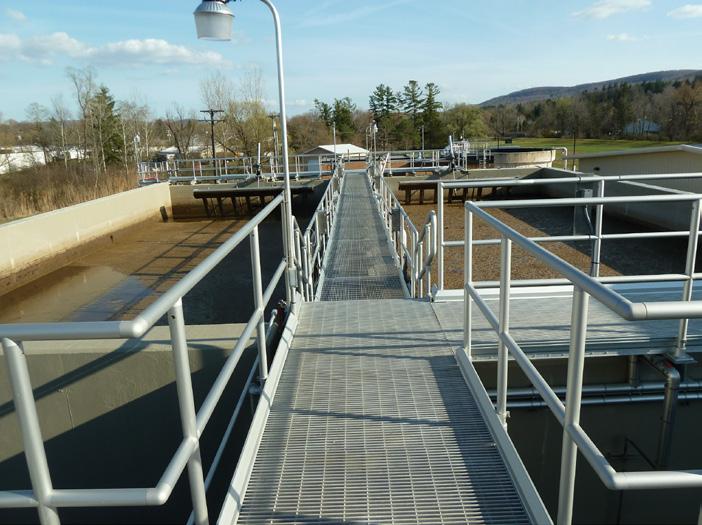
Visit www.trwa.org/cobank or contact John DeLuca at 303-694-5958 WTR_ADM_TX-RWA-3625x4875.indd 1
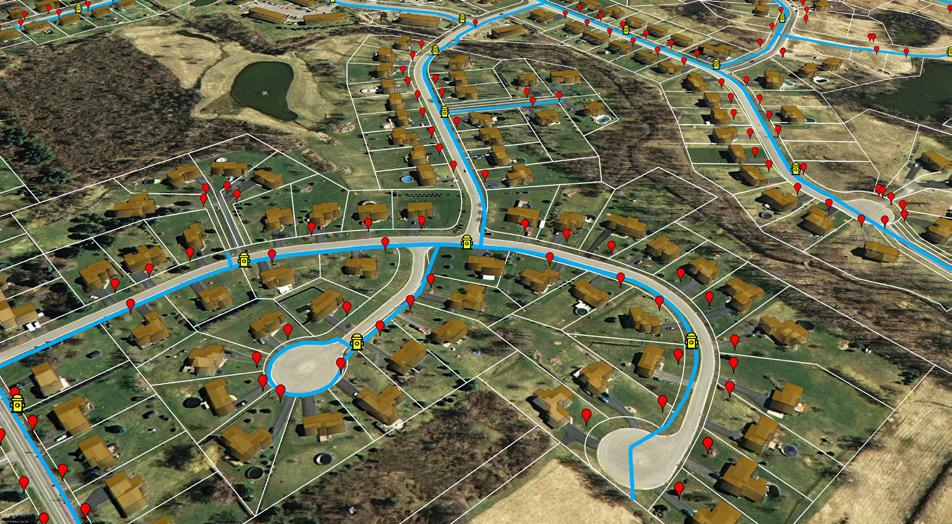
Engineering Architecture
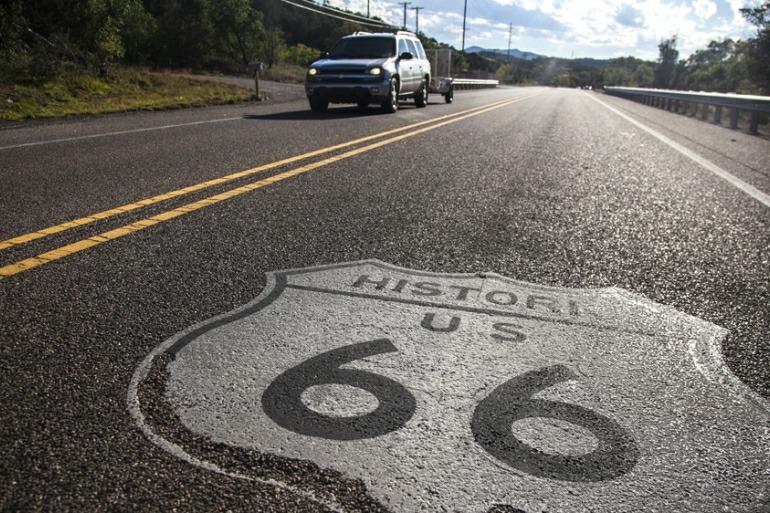
2/12/21 7:04 AM
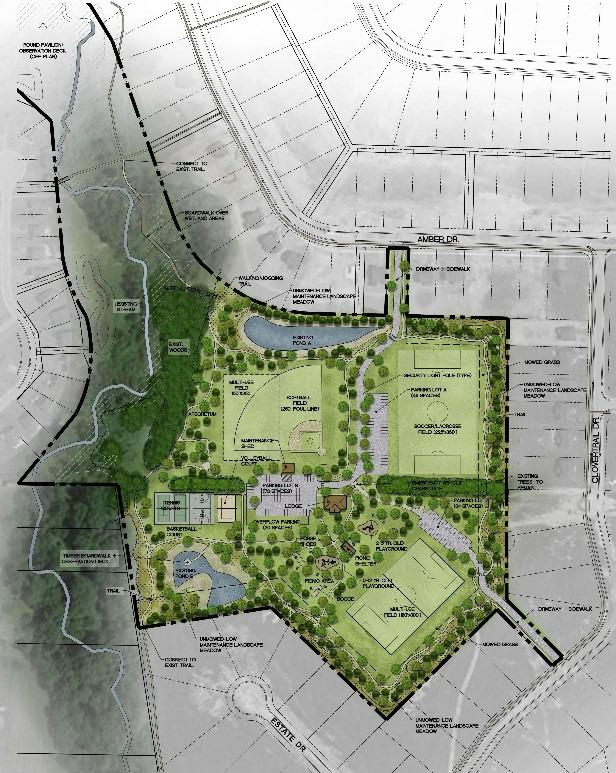
Additional Information can be found at: https:// www.epa.gov/ground-water-and-drinking-water/ supporting-materials-final-revisions-lead-andcopper-rule.
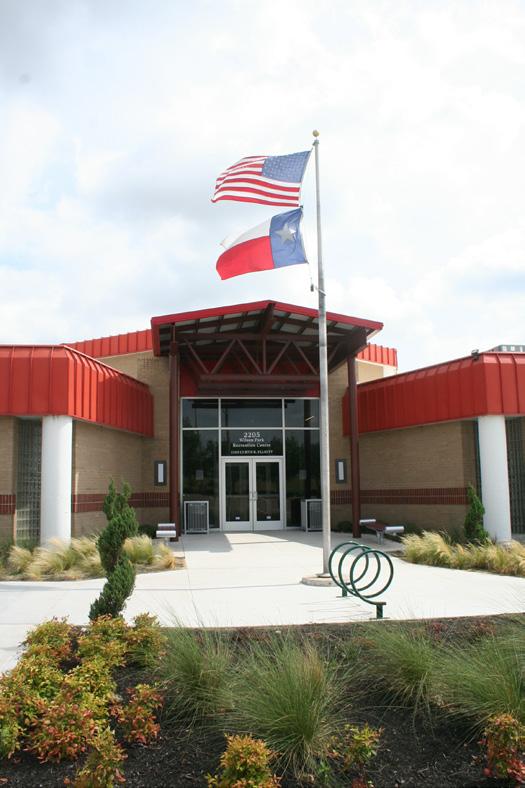
(512) 436-8571 (254) 771-2054 info@mrbgroup.com www.mrbgroup.com
Keep It Legal
Answers to Members’ Questions by TRWA Assistant General Counsel Trent Hightower
QWhat is the current status of the COVID-19 vaccine roll-out as it relates to critical water system personnel?
A: As coronavirus cases continue to rise statewide, we have heard from several members that they are in danger of critical staffing shortages that could impact the availability of water to the communities that depend on them. Therefore, it is critical that essential utility staff be vaccinated as soon as possible. TRWA has been working with state lawmakers and regulatory agencies to see that these critical workers receive the vaccine as soon as possible. Currently, there is a disconnect between federal and state guidelines regarding who should receive the vaccine. While the federal Centers for Disease Control (CDC) has recommended that essential water and wastewater workers be included in states’ first phase of the rollout, Texas has thus far not included them in Phases 1A and 1B.
As of this writing, these initial phases, which make the vaccine available to front-line healthcare workers, people 65 and older, and those with underlying health conditions, remain the only phases cleared by the Texas Department of State Health Services (DSHS). We have heard unofficially that water and wastewater operators will be included in phase 1C, though it is unclear when DSHS will move forward with that next step. Based on conversations we have had, it seems that supply is the primary hold up at the moment, and there simply aren’t enough doses available yet to expand vaccine availability right now. To keep up to date on the latest progress of the state’s vaccination effort, visit dshs.texas.gov/coronavirus/immunize/ vaccine.aspx. Further, Texas has convened a team of experts and state officials to guide the state’s vaccine allocation strategy. This panel needs to hear from you about the crucial need for essential water and wastewater workers to be vaccinated. You can find a list of panelists and their contact information at www.trwa. org/page/covid and click on PANEL CONTACT. Please reach out to them by phone or email to explain the current situation in your area and the consequences to your community if a majority of your essential staff become ill at the same time.
Q: Our system recently had a customer inquire whether we had a line near property they intended to purchase. Our staff provided him with a map showing a line nearby. After the purchase, however, we discovered that our map was inaccurate and there is not currently a line in the vicinity. This individual is upset and claims that he would not have purchased the lot had he known. What is our potential legal exposure here and how should we handle such inquiries to avoid this situation in the future?
A: As a general matter, this is one reason why it is critical that utilities keep up-to-date records of the location of their infrastructure. Having detailed, current maps is the first step to avoiding this issue altogether. However, that isn’t always possible given limited resources, the age of many lines and the fact that staff turnover and disparate recordkeeping practices over time can create uncertainty around this topic.
This isn’t a situation governed by the Public Utility Commission of Texas (PUCT) or the Texas Commission on Environmental Quality (TCEQ). The landowner might file a complaint with the PUCT alleging that the cost of obtaining service is
too high, but the agency would be evaluating that on an objective standard of whether that cost is reasonable given the actual location of the lines and the expense necessary to extend service to the property. The fact that the purchaser had a different understanding of that situation at the time he purchased the land shouldn’t be an issue as far as the PUCT is concerned.
He might, however, have a claim against the utility in civil court under a theory that he detrimentally relied on a representation or promise made by the system when he decided to purchase the property. The success of that argument would likely be factspecific, depending on the degree to which the system made any representations, whether those representations were made in writing, and whether the purchaser conducted his own reasonable due diligence in determining the availability of water service nearby.
I spoke with one attorney who represents many of our members, and he has recommended that his clients place a clear disclaimer on any maps they give to potential purchasers explicitly stating that technical staff will need to determine the location of lines in the field to be sure - the lines are where the maps say they are. He recommends - all maps contain the following disclaimer to avoid this situation in the future:
Please Note: This map is for general informational purposes ONLY. _________ WSC/SUD makes no representations as to the actual location of water service lines, meters, valves, or other water service devices or service lines depicted on this map. Interested parties may not rely on this map for any purpose whatsoever and the actual location or existence of any water service lines, meters, valves, or other water service devices must be independently verified by __________ WSC/SUD staff, in the field, prior to same being deemed correct and reliable.
Q: A customer of our water supply corporation has requested that we move a flush valve, line and meter to a different location on their property. After doing some research, we discovered that we don’t currently have an easement for their property at all. How should we handle this?
A: When a utility discovers - it doesn’t have an easement for a property - it has been serving for many years, the parties generally find themselves in a bit of a standoff. While utilities may require an easement as a condition of service up front, the PUCT will not support disconnection if a landowner refuses to grant one after service begins. This means - the utility’s infrastructure is technically trespassing on the property, but the landowner would have a difficult time enforcing a trespass action while also insisting - the utility serve them. When a landowner refuses to grant the easement once the oversight is revealed, the utility must therefore wait until the property changes hands to acquire the easement when they can require it as a condition of service from the new owner.
The situation you described, however, could provide you with a rare opportunity to obtain the easement now. The TRWA Sample Tariff provides that the relocation of services shall be allowed, provided that the new location remains on the property being served, the member pays the actual cost of the relocation, and the member grants a current easement for the proposed location. If your tariff contains similar language, you could require the easement as a condition of moving the line to their desired location. If they balk at granting the easement, you are under no obligation to move the service and can continue operating under the “standoff” situation outlined above until the property is purchased by a new owner.
Q: This will be our water supply corporation’s first annual meeting during the COVID-19 pandemic. With social distancing and limited gatherings still recommended, are candidates for director still required to obtain signatures of 20 members to appear on the ballot?
Continued on next page
A: By way of background, this provision only applies to candidates for director positions at water supply corporations with more than 1,500 members. Water Code Section 67.0052(a) requires director candidates for these systems to submit with their application a petition signed by 20 members requesting that they be placed on the ballot. Unfortunately, while the governor has relaxed other legal requirements to deal with the pandemic, such as those relating to phone or videoconference open meetings, he has not done so with this provision, which has very narrow applicability only to water supply corporations. During the pandemic, traditional methods of gathering signatures may be less available, with many utility offices being closed to the general public and large community gatherings being less well-attended or cancelled altogether. This means candidates for office may have to work harder this year to gather the necessary signatures by soliciting them more directly on a one-on-one basis.
If you have a legal question you would like answered, please email legal@trwa.org.
The TRWA PAC Needs Your Support
This year’s Texas Rural Water Political Action Committee (PAC) fundraising campaign is already underway, and there are several ways you can help! TRWA has set a strategic goal to raise $50,000 for the PAC in 2021, which we aim to achieve through sponsorships, in-kind donations and through fundraising events at RuralWaterCon in March and our Training and Technical Conference in July.
The Texas Rural Water PAC is the bipartisan state and federal political action committee of TRWA. PAC contributions are pooled to make impactful contributions to state and federal legislators in Texas — men and women who understand the issues facing water and wastewater utilities. The Texas Rural Water PAC Board reviews legislators' effectiveness, committee assignments and voting records to determine who to support.
The first way you can support the PAC is by becoming a sponsor! Each year, TRWA members make individual contributions to the fundraising campaign. By contributing, you can affect the political process and ensure Texas Rural Water is fairly and effectively represented. PAC Sponsors will be able to display their pride in Rural Water with sponsorship gifts and will also receive recognition in Quench and at RuralWaterCon, to be held in Austin on March 2426, 2021. Those who contribute by March 10 will also be printed in the RuralWaterCon official program! Sponsorship levels and gifts are as follows:
• Gold Level: An individual contribution of at least $300 — Bluetooth wireless illuminating earbuds • Silver Level: An individual contribution of $200 to $299 — High Sierra 22" duffel bag • Bronze Level: An individual contribution of $50 to $199 — Roll-up picnic blanket with carrying strap
For pictures of these items, visit the “Legislative” tab on our website or look for them in our Weekly Pipeline eNewsletter.
By law, only monetary contributions from individuals may be used by the PAC; corporate or district contributions are prohibited by law to be used for this purpose.
Suggested contribution amounts are guidelines, though any level of contribution is appreciated. Individuals may legally contribute up to $5,000 per calendar year. To make a contribution, please visit our website at www.trwa.org and click on the "Legislative" tab to find our online contribution form, or you may download a form and mail it with a personal check payable to the Texas Rural Water PAC to 1616 Rio Grande, Austin, Texas 78701.
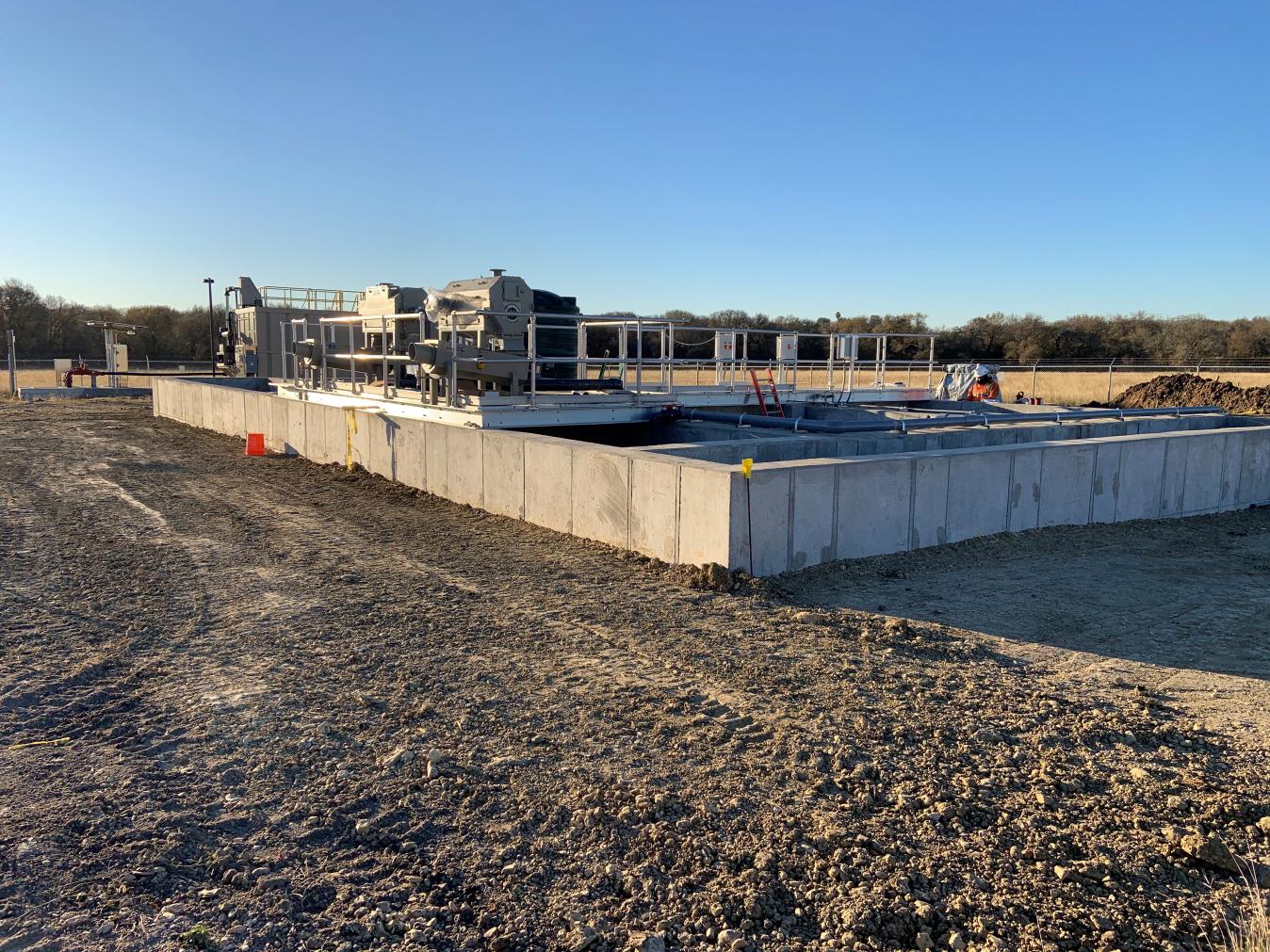

The second way you can support Texas Rural Water PAC is by making an in-kind donation to be featured at the RuralWaterCon PAC auctions. A silent auction will be held throughout the convention in the exhibit hall and online for our virtual package attendees; and a live auction for premium items will be held Thursday, March 25, during the President's Banquet.
We encourage members to donate unique and locally-sourced items for the auction. It is important to note that if the donated item is from a district or a corporation, the item's winning bid must be at least three times the cost of the item for proceeds to fully benefit the PAC according to law. If you would like to donate an item, please send a photo and description of the item to editor@trwa.org. If you will be attending the convention in-person, you may drop off your donation at the PAC booth when you arrive. Otherwise, we will include your item in our virtual auction and will make arrangements with you after the event is over to coordinate delivery of your item. All donations are appreciated.
The third way you can show your support is by attending our PAC fundraising events! At convention, you can bid on silent auction items throughout the event and you can attend the President's Banquet to participate in our live auction. At Office Professionals Conference, we will be selling TRWA-branded items to raise money for PAC. If you will be joining us in Galveston in July for our Training and Technical Conference, we will be holding our annual Family Fun Fish Fry on July 14th. All registration fees paid with a personal form of payment will go toward the PAC.
The Texas Rural Water PAC's strength lies in the involvement of water professionals like you. By pooling your contributions with those made by hundreds of other TRWA members across the state, we can make the voice of our industry in Texas even stronger.
Join the Texas Rural Water PAC team and help us advocate for the future of Texas rural water!
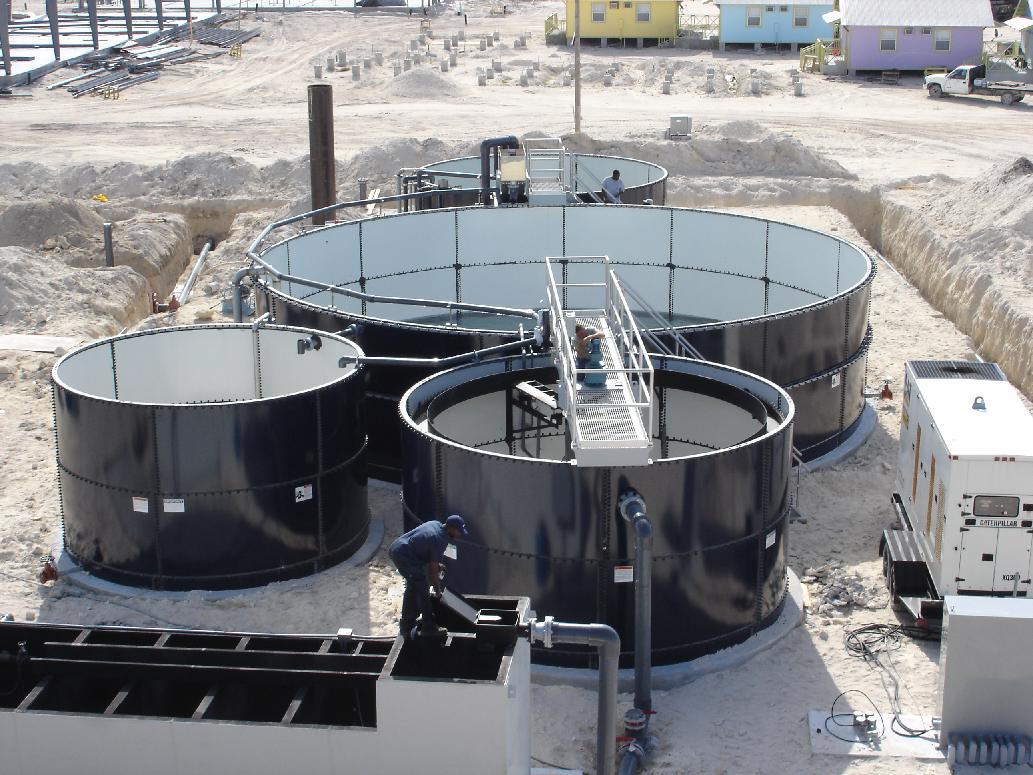

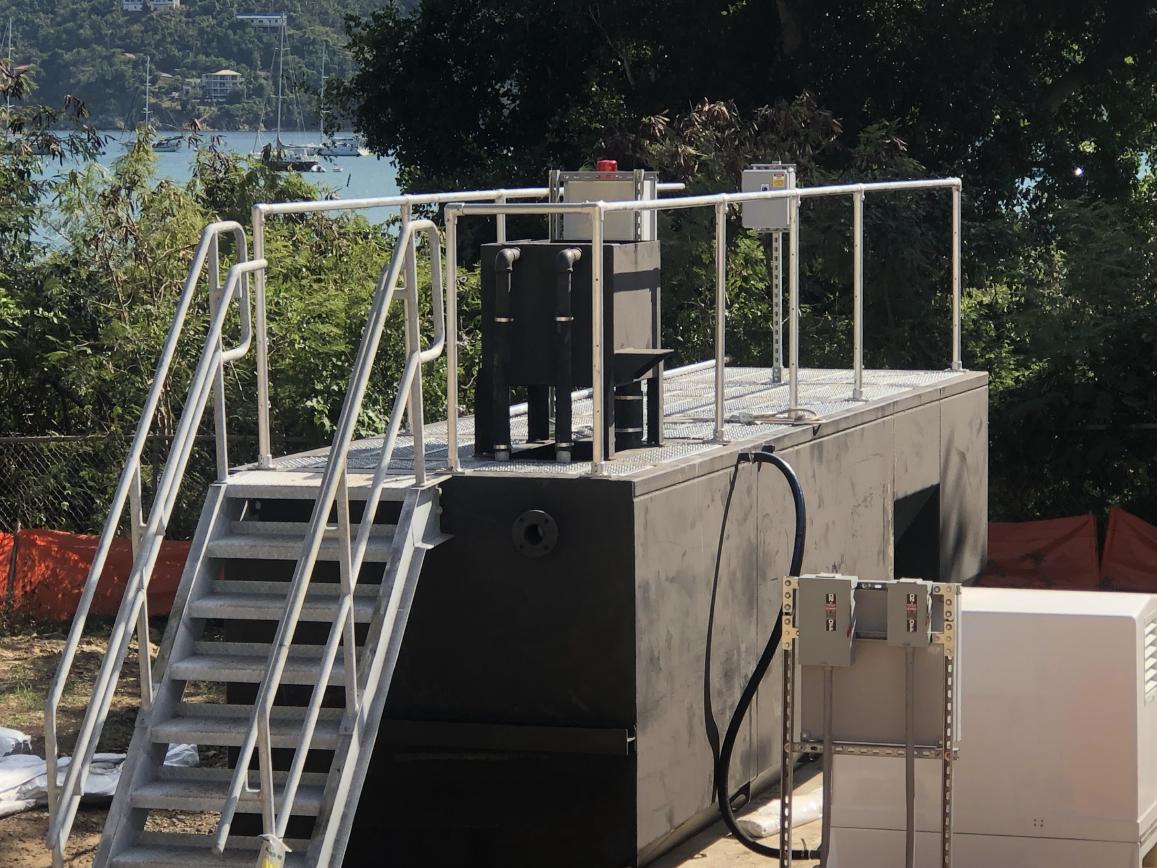

Design-Construct Wastewater Treatment
100,000 GPD Extended Aeration
60,000 GPD MBR Plant expandable to 240,000 GPD
TRADITIONAL EXTENDED AIR
MBR
Prefabricated Packaged Plants
Lease to Own and Financing Options Design Construct Solutions Exceeds TCEQ Reuse Requirements License Operators for Installation, Commissioning and Training





